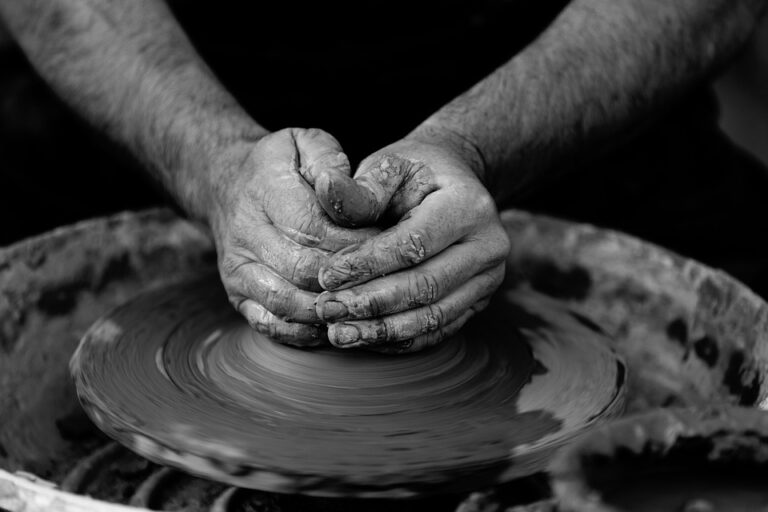
Art has always been a powerful tool for self-expression, allowing individuals to communicate their emotions, thoughts, and perceptions. By delving into the depths of their souls, artists are able to capture the essence of their emotions and share them with the world. Through the power of emotional expression, art becomes a conduit for healing, understanding, and connection.
Emotions, often complex and multifaceted, can be difficult to articulate with words alone. The rich palette of colors, the fluidity of brush strokes, the movement in dance, and the anguish in music provide a means to convey the inexpressible. Art breaks the boundaries of language and offers a universal language that transcends cultures and connects individuals on a deep emotional level.
One of the most notable examples of emotional expression through art is the renowned artist Vincent van Gogh. Van Gogh’s works are characterized by vibrant colors, energetic brush strokes, and emotive depictions of landscapes and portraits. His paintings, such as “Starry Night” and “The Yellow House,” are not merely visual representations but an outpouring of his inner turmoil, melancholy, and longing. Van Gogh used his art as a therapeutic outlet, allowing him to cope with his mental health challenges and articulate his emotions in ways that words could not.
Similarly, Frida Kahlo, a Mexican artist, explored the power of emotional expression through her iconic self-portraits. Kahlo, who experienced immense physical pain due to a debilitating accident, painted her suffering and emotions onto canvas. Her self-portraits, infused with elements of surrealism and symbolism, allow viewers to glimpse into her inner world, grappling with themes of identity, femininity, and mortality. Through her art, Kahlo transformed her pain into a statement of resilience and strength.
Art not only serves as a cathartic release for the artist but also holds the power to evoke emotions and provoke introspection in its viewers. When we encounter a piece of art that resonates with us, it stirs something deep within us, awakening emotions we may have buried or ignored. This emotional response can be both cathartic and enlightening, providing an opportunity for self-reflection and growth.
Moreover, art has the ability to foster empathy and connection by allowing us to experience the emotions of others. When we encounter art that reflects the struggles, joys, or pain of another person, we develop a greater understanding of their experiences. Through this shared emotional journey, art bridges the gap between individuals and cultivates empathy, compassion, and a sense of belonging.
In our rapidly evolving world, where emotions are often disregarded or suppressed, art serves as a reminder of our shared humanity. It encourages us to embrace our emotions, to acknowledge their existence, and to express ourselves authentically. Through art, we learn that emotions are not meant to be stifled or hidden but instead celebrated and explored.
Art has the power to heal, to provoke change, and to ignite the flames of social movements. By embracing emotional expression through art, we open ourselves up to a world of possibilities – a world where vulnerability can be our greatest strength, where emotions are celebrated and encouraged, and where authentic human connection can flourish. So pick up a paintbrush, put on some music, or dance with abandon – and explore the depths of your emotions through the limitless power of art.
Younger Glowing Skin - Discover Ancient Ayurvedic Secrets at DoctorIndiaHerbals.com
Explore One of the Largest Collections of Dinosaur-Themed Toys, Games, Gifts, Decor, and More at DinoAvenue.com
Discover Premium Design Elevator Shoes for Men and Women at LondonCobblers.com
Discover Hidden Family Destinations for Vacations at Places.Travelz.io
Find the Best Deals on Airfare and Hotels with Advanced Metasearch Technology at www.Travelz.io
30% off on Kids items
STEM science experiments for Kids
Premium Science Toys and experiments